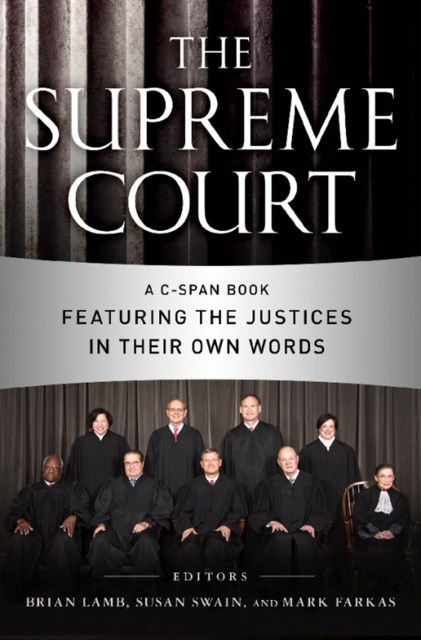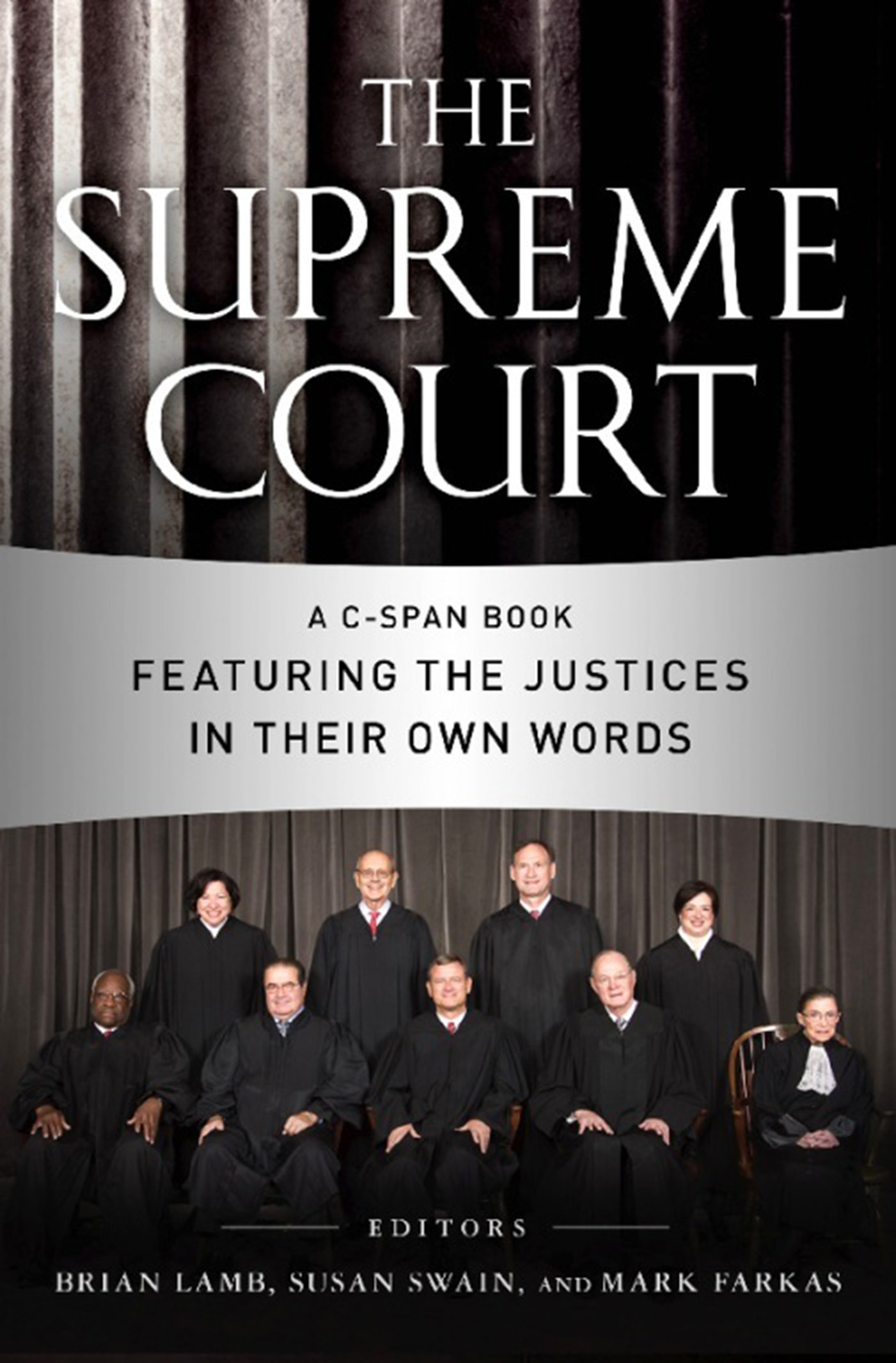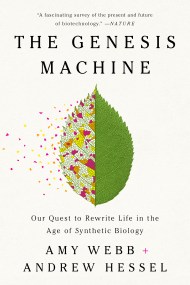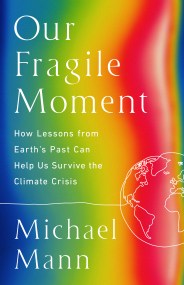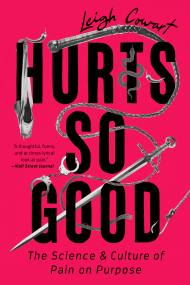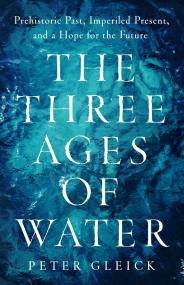Promotion
Use code FALL24 for 20% off sitewide!
The Supreme Court
A C-SPAN Book Featuring the Justices in their Own Words
Contributors
Edited by Brian Lamb
Edited by Susan Swain
Edited by Mark Farkas
Other primary creator C-SPAN
Formats and Prices
Price
$15.99Price
$20.99 CADFormat
Format:
- ebook (Digital original) $15.99 $20.99 CAD
- Hardcover $41.00 $52.00 CAD
This item is a preorder. Your payment method will be charged immediately, and the product is expected to ship on or around June 11, 2011. This date is subject to change due to shipping delays beyond our control.
Also available from:
Accompanying the Justices around the Supreme Court, and through offices steeped in historic memorabilia, Lamb and Swain offer readers a window into a fascinating world to which few have had access. In these pages, Justice Sotomayor reflects on her first impressions of the job and the acclimation process. Justice Breyer takes us behind the scenes on a private tour of his Chambers as he describes how the Court works. And Chief Justice Roberts talks about the role of the Court in Society, the role of the Chief Justice, and the process of deciding cases.
Enriching this unique material are interviews with journalists, court historians, and other experts on the Court. Journalists Joan Biskupic and Lyle Denniston (the longest serving Supreme Court reporter) talk about the process that unfolds in the Court and the impact of a new member of the Court. Clerk of the Supreme Court William Suter provides insights into the traditions of the Court. Historian Jim O’Hara discusses the Supreme Court building and its history. Two attorneys who have argued numerous cases in front of the Supreme Court tell readers what it’s like facing the justices in fast paced oral arguments.
Vividly illustrated with color photographs, the book is a perfect gift for anyone interested in the makings of this powerful institution.
Genre:
- On Sale
- Jun 11, 2011
- Page Count
- 416 pages
- Publisher
- PublicAffairs
- ISBN-13
- 9781586489557
Newsletter Signup
By clicking ‘Sign Up,’ I acknowledge that I have read and agree to Hachette Book Group’s Privacy Policy and Terms of Use
